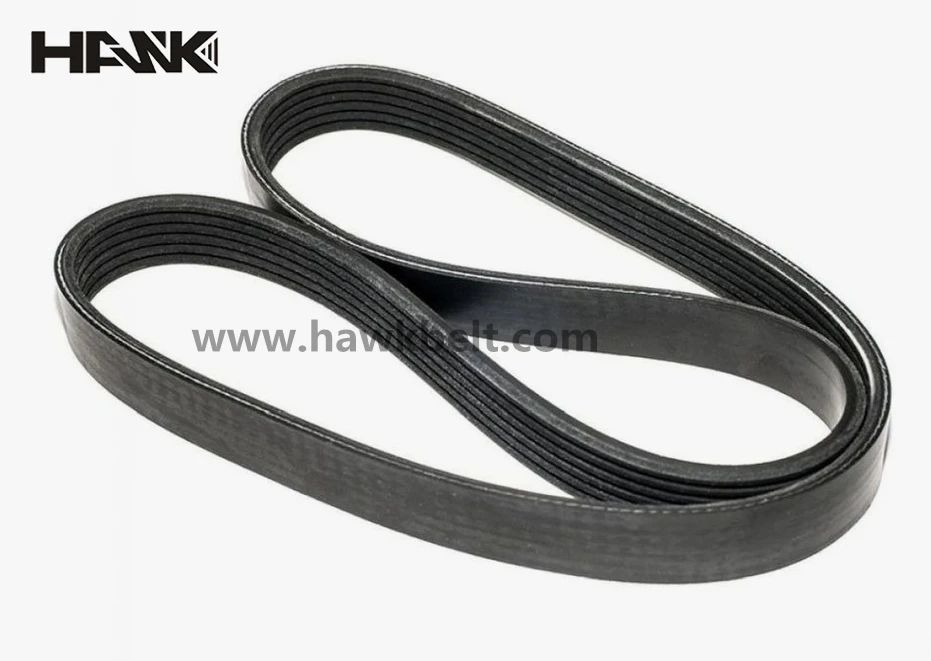- Arabic
- French
- Russian
- Spanish
- Portuguese
- Turkish
- Armenian
- English
- Albanian
- Amharic
- Azerbaijani
- Basque
- Belarusian
- Bengali
- Bosnian
- Bulgarian
- Catalan
- Cebuano
- Corsican
- Croatian
- Czech
- Danish
- Dutch
- Afrikaans
- Esperanto
- Estonian
- Finnish
- Frisian
- Galician
- Georgian
- German
- Greek
- Gujarati
- Haitian Creole
- hausa
- hawaiian
- Hebrew
- Hindi
- Miao
- Hungarian
- Icelandic
- igbo
- Indonesian
- irish
- Italian
- Japanese
- Javanese
- Kannada
- kazakh
- Khmer
- Rwandese
- Korean
- Kurdish
- Kyrgyz
- Lao
- Latin
- Latvian
- Lithuanian
- Luxembourgish
- Macedonian
- Malgashi
- Malay
- Malayalam
- Maltese
- Maori
- Marathi
- Mongolian
- Myanmar
- Nepali
- Norwegian
- Norwegian
- Occitan
- Pashto
- Persian
- Polish
- Punjabi
- Romanian
- Samoan
- Scottish Gaelic
- Serbian
- Sesotho
- Shona
- Sindhi
- Sinhala
- Slovak
- Slovenian
- Somali
- Sundanese
- Swahili
- Swedish
- Tagalog
- Tajik
- Tamil
- Tatar
- Telugu
- Thai
- Turkmen
- Ukrainian
- Urdu
- Uighur
- Uzbek
- Vietnamese
- Welsh
- Bantu
- Yiddish
- Yoruba
- Zulu
Tet . 12, 2024 07:51 Back to list
Advantages of Polyurethane Timing Belts for Enhanced Performance and Durability
The Versatility and Benefits of Polyurethane Timing Belts
Polyurethane timing belts are gaining widespread recognition and utilization in various industries due to their distinctive properties and advantages over traditional materials. Timing belts, integral components of numerous machinery and mechanical systems, assist in synchronizing rotational movement through a series of teeth that engage with pulleys. Among the various materials used to manufacture these belts, polyurethane stands out for its superior performance, longevity, and flexibility.
What Makes Polyurethane Unique?
Polyurethane, a polymer composed of organic units joined by carbamate (urethane) links, offers somewhat unparalleled durability that becomes advantageous in timing belt applications. It provides excellent wear resistance, making it less susceptible to abrasion and damage from environmental factors such as moisture, heat, and chemicals. This characteristic is especially crucial in industries where belts are exposed to harsh operating conditions.
Enhanced Performance in Mechanical Systems
The efficiency of a timing belt is directly related to its ability to maintain precise engagement between the belt and the pulleys. Polyurethane timing belts exhibit very low stretch characteristics, allowing for consistent tension and precise timing in mechanical systems. This feature improves overall machine reliability, minimizing the risk of failure caused by slippage or misalignment. Additionally, polyurethane belts can operate smoothly across a wide temperature range, making them suitable for both high and low-temperature applications.
Lightweight and Flexible
Polyurethane timing belts are generally lighter than their rubber counterparts, which helps in reducing the overall weight of the machinery. This reduction is particularly beneficial in applications where every gram counts, such as in aerospace or automotive industries. Furthermore, the flexibility of polyurethane allows these belts to contour easily around pulleys, reducing the risk of kinking and increasing the belt's lifespan.
polyurethane timing belts

Noise Reduction
One of the significant advantages of polyurethane timing belts is their ability to operate quietly. In many industrial applications, noise can be a critical issue. The properties of polyurethane help in dampening vibrations and noises that commonly result from the movement of mechanical parts. This feature makes polyurethane timing belts an ideal choice not only in manufacturing environments but also in consumer products like printers and automotive engines, where noise reduction is highly valued.
Environmental Impact
With sustainability becoming an essential consideration in modern industrial practices, polyurethane timing belts also offer an edge. Polyurethane materials can be formulated to be more environmentally friendly than conventional rubber options. Additionally, their longevity reduces the frequency of replacements, which contributes to lower waste over time.
Applications Across Various Industries
The versatility of polyurethane timing belts enables their use across numerous industries. In manufacturing, they are frequently found in conveyor systems, where they move products smoothly and efficiently from one point to another. In the automotive sector, they are used in engine timing systems, ensuring that valves and pistons operate in synchrony for optimal performance. They are also gaining traction in robotics, as the precise and reliable movement they provide is crucial in automation applications.
Conclusion
In conclusion, polyurethane timing belts offer a remarkable combination of durability, flexibility, and performance that make them a superior choice in various applications. Their lightweight nature, along with low stretch characteristics and noise-reducing capabilities, enhances the efficiency of mechanical systems while ensuring environmental sustainability. As industries continue to seek advanced solutions for robust mechanical designs, polyurethane timing belts will likely remain at the forefront, supporting the needs of both manufacturers and end-users alike. Embracing this technology not only promotes efficiency but also equips businesses with the resilience needed in a competitive market.
-
Korean Auto Parts Timing Belt 24312-37500 For Hyundai/Kia
NewsMar.07,2025
-
7PK2300 90916-T2024 RIBBED BELT POLY V BELT PK BELT
NewsMar.07,2025
-
Chinese Auto Belt Factory 310-2M-22 For BMW/Mercedes-Benz
NewsMar.07,2025
-
Chinese Auto Belt Factory 310-2M-22 For BMW/Mercedes-Benz
NewsMar.07,2025
-
90916-02660 PK Belt 6PK1680 For Toyota
NewsMar.07,2025
-
drive belt serpentine belt
NewsMar.07,2025

